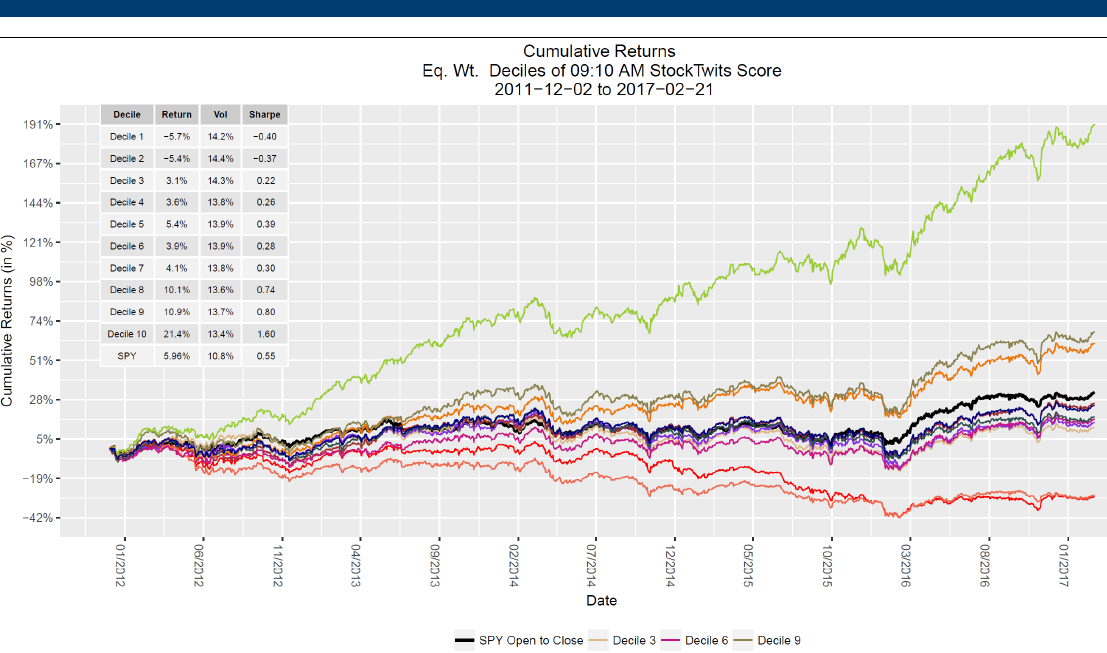
One of the numerous words and ideas you’ll need to get familiar with as you start your boating adventure is “draft.” However, what is draft on a boat and why is it important?
We will go over the fundamentals of boat draft, its significance, and how it may affect your boating experience in this beginner’s guide.
Understanding Boat Draft
Simply put, the draft of a boat refers to the distance between the waterline and the deepest point of the hull. It’s essentially how much of the boat is submerged in the water. Picture a boat sitting in the water – the draft is the vertical distance from the waterline to the bottom of the hull.

Why Boat Draft Matters
Now that we know what is draft on a boat, let’s delve into why it matters for boaters, especially beginners:
Clearance
One of the primary reasons boat draft matters is clearance – both under the boat and above it. Understanding your boat’s draft helps you navigate shallow waters without running aground.
Knowing the depth of the water and comparing it to your boat’s draft ensures you have enough clearance to avoid hitting the bottom, rocks, or other submerged obstacles.

Navigating Channels and Harbors
In many waterways, there are designated channels and harbors with specific depth restrictions. Knowing your boat’s draft allows you to navigate these areas safely without risking grounding or damage to your vessel.
By consulting nautical charts and understanding the depth requirements, you can plan your route accordingly and avoid areas where your draft may be too deep.
Docking and Mooring
When it comes to docking and mooring, boat draft plays a crucial role in determining where you can safely tie up your vessel.
Understanding your boat’s draft helps you choose berths and marinas with sufficient water depth to accommodate your vessel. It also allows you to approach docks and moorings with confidence, knowing you have enough clearance to maneuver safely in and out of the harbor.
Stability and Performance
The draft of a boat not only affects its ability to navigate shallow waters but also its stability and performance on the water. A deeper draft generally means greater stability in rough seas, as the boat’s weight is distributed over a larger area below the waterline.
However, deeper drafts may also result in increased resistance and slower speeds, especially in shallow or restricted waterways.
Weight Distribution
The draft of a boat is influenced by various factors, including weight distribution and load capacity. Adding cargo, passengers, or equipment to your boat can change its draft, affecting its handling and performance.
Understanding how weight affects draft allows you to optimize your boat’s load and ensure it remains balanced and seaworthy.
Tips for Measuring and Managing Boat Draft:
Now that you understand why boat draft matters, here are some tips for measuring and managing draft on your vessel:
Consult Your Boat’s Specifications
Most boats come with specifications that include information about draft. Consult your boat’s owner’s manual or manufacturer’s specifications to find out the draft of your vessel. It will give you a baseline understanding of how much water your boat needs to operate safely.
Use Depth Sounders and Charts
Depth sounders and nautical charts are essential tools for measuring water depth and planning your route. Invest in a quality depth sounder or fishfinder to accurately measure the depth of the water beneath your boat.
Use nautical charts and navigation apps to identify areas with sufficient water depth and avoid shallow or hazardous areas.
Monitor Tidal Changes
Tidal changes can significantly impact water depth, especially in coastal areas and estuaries. Keep track of tidal predictions and plan your boating activities accordingly. Be aware that low tides can reduce water depth, while high tides may provide additional clearance in certain areas.
Trim Your Boat Properly
Trimming your boat properly can help optimize its draft and performance on the water. Adjusting the trim tabs, outboard motor tilt, and weight distribution can affect how your boat sits in the water and its draft. Experiment with different trim settings to find the optimal balance for your vessel.
Final Words
Overall, understanding what is draft on a boat is essential for boaters of all levels, especially beginners. Knowing your boat’s draft helps you navigate safely in shallow waters, avoid obstacles, and plan your route effectively.
By familiarizing yourself with your boat’s draft and following the tips outlined in this guide, you can enjoy a safer and more enjoyable boating experience.
So, set sail with confidence, armed with the knowledge of why boat draft matters and how to manage it effectively on your aquatic adventures.



